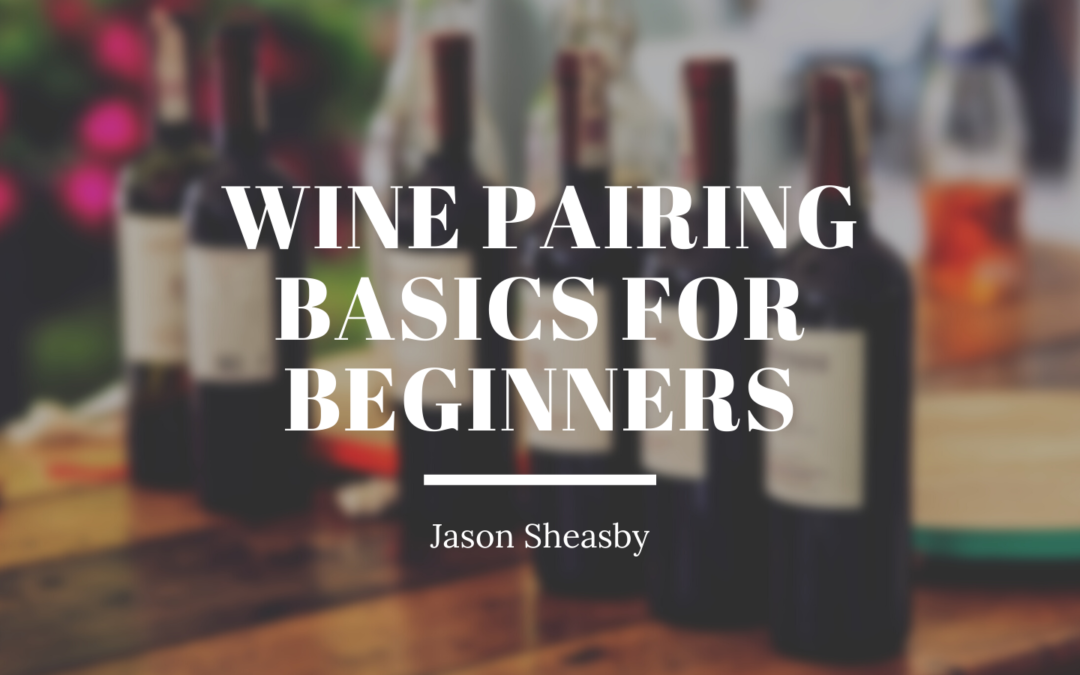Food and wine balance the components in a dish and characteristics in the drink when well paired. Pairing food and wine sound complex, but wine pairing basics for beginners simplifies the issue.
Below are tried methodologies that help beginners, and with time they can experiment by breaking the rules after mastering the basics.
1. Acidic wine than food
2. Sweeten wine than food
3. Make wine to have the same flavor concentration as food
4. Red wines pair well with the boldly flavored meats (for example, red meats)
5. White wines pair well with light intensity meats like chicken or fish
6. Bitter wines like red wines best balance with fat
7. Rosé, White and Sparkling wines often create contrasting pairings
8. Red wines more often create congruent pairings
Wine pairing beginners should master the basics below.
Congruent and Contrasting Pairings
• Congruent pairing amplifies shared flavor compounds to create a balance
• A contrasting pairing balances tastes and flavors by contrasting
The Taste of Basics
Food has over 20 different basics, but only 6 are essential in pairing food and wine. Acid, Salt, Bitter, Sweet, Spice (Piquant), and Fat are the most important.
Fundamental Taste Components in Wine
Wines, for the most part, lack spiciness, fatness, and saltiness. Group wines fit into these three different categories.
• Sweet wines contain more sweetness
• Red wines produce more bitterness
• Rosé, White and Sparkling wines are more acidic
Food and Wine Intensity
Food: Pairing wine to food requires someone to consider intensity and taste components (including acidity, sweetness, and fat). Food can be very rich or light. The dressing of a salad can be highly acidic or vulgar when the salad seems lighter.
Wine: Wine is either light or bold. Some examples of light and bold wine are:
• Chardonnay-A mildly acidic wine with a thicker body
• Sauvignon Blanc- Feels lighter-bodied although highly acidic
• Cabernet Sauvignon- Full-bodied wine with a higher level of bitterness (high tannin)
Improvising Contrasting and Congruent Pairings
The start point of wine pairing is when the people to pair identify taste components in food. The elements are a guide for suitable pairing. Baked macaroni is an excellent example of a food that one can pair with different wines.
Complementary pairing: Highly acidic white wine complements creaminess in a dish. Zesty white wine matches well with the macaroni and cheese recipe with smooth béchamel sauce to create a complementary pairing.
There is room to be creative after mastering wine pairing basics for beginners to balance primary tastes. Creative pairing involves combining more subtle flavors with bold red wine to balance high bitterness in fat, salt, or other similar substances found in macaroni and cheese variants.
Sweet white wine also suits creative pairings. For instance, it can form congruent pairing to ham after matching it to macaroni and cheese that has a ham.

